Amazing discovery! Scientists find organic molecules in Comet 67P
Scientists have found organic molecules in the Comet 67P which has added another mystery to the already mysterious origin of life in the Universe. Read on to find out more.
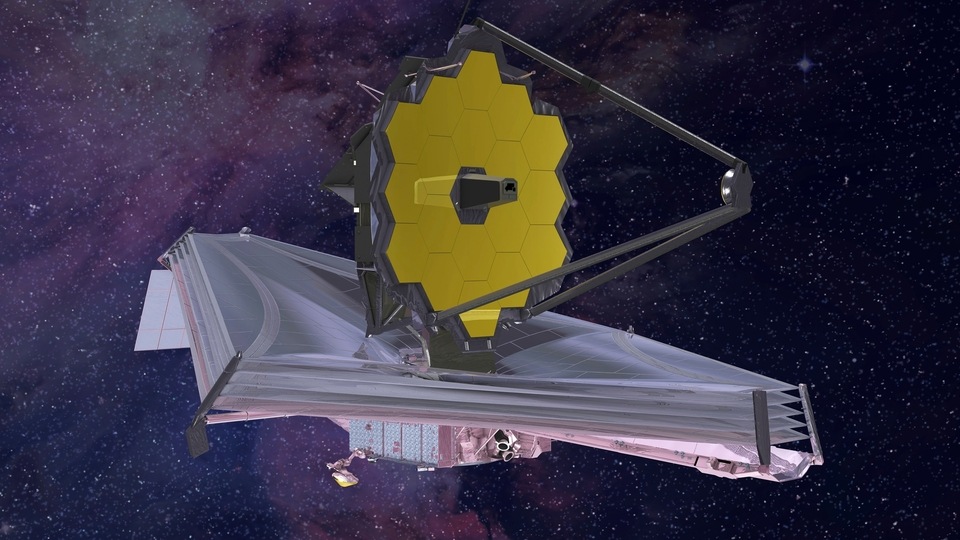
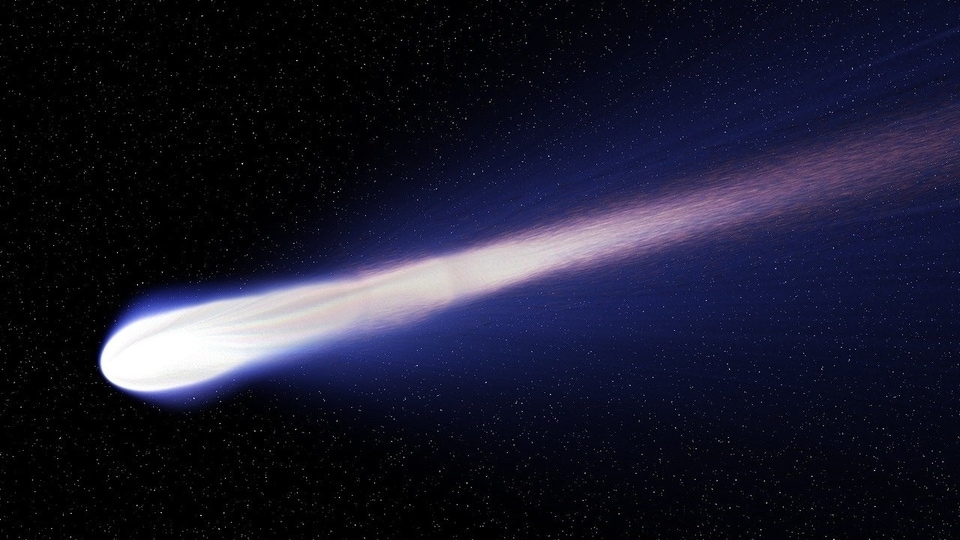
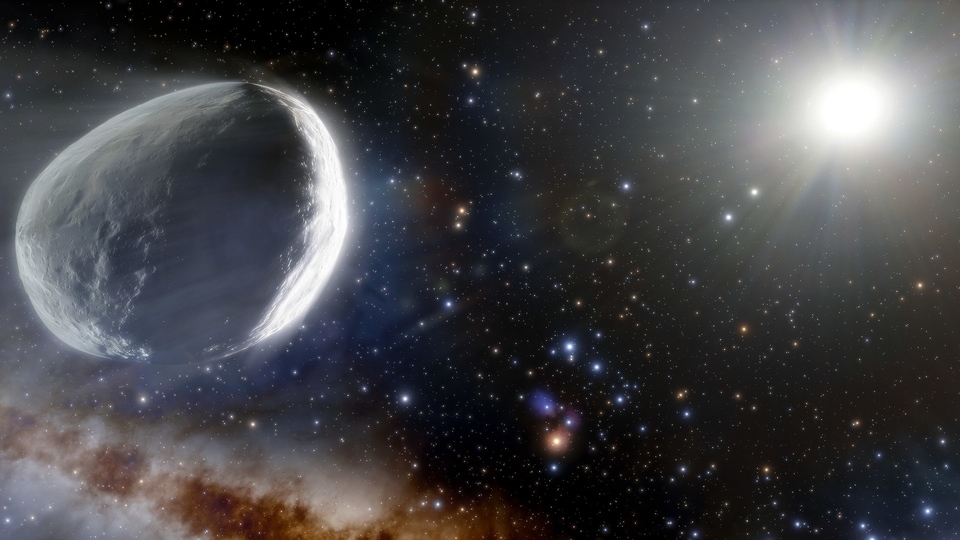
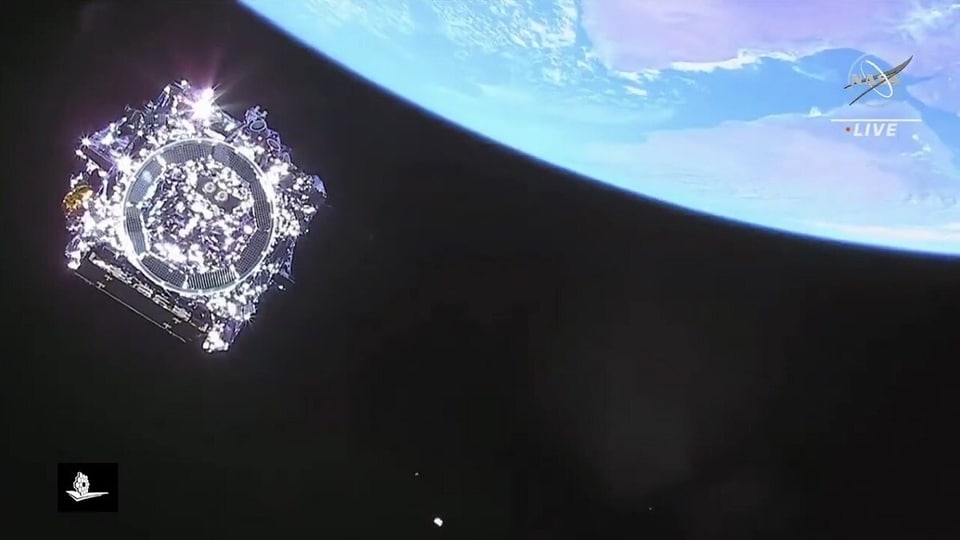

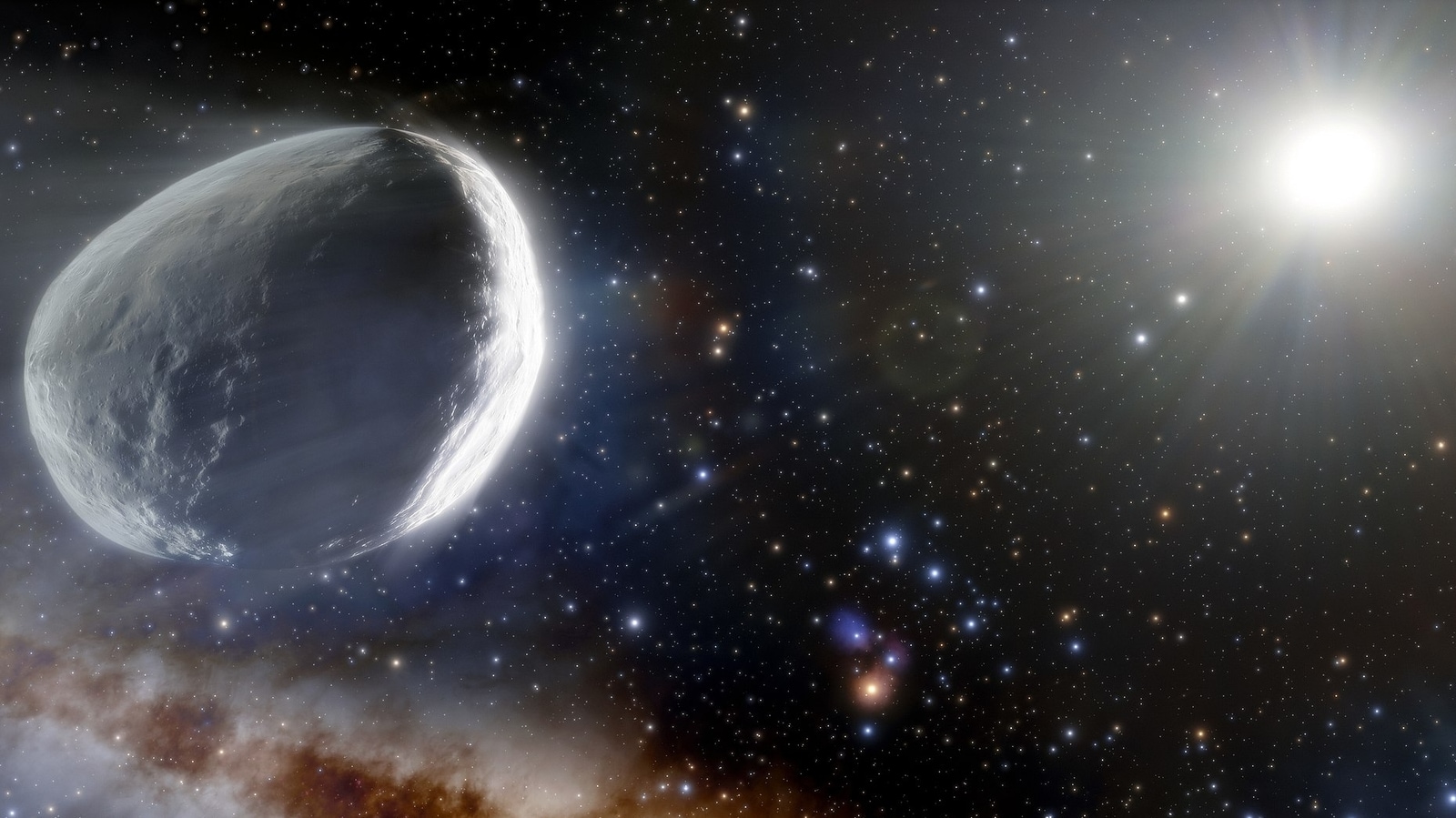
 View all Images
View all ImagesA team of scientists have found organic molecules, the building blocks of carbon-based life forms in a comet. According to space.com, the comet named Comet 67P/ Churyumov-Gerasimenko is richer in complex organic molecules than what was previously thought. The comet consists of some molecules which have never been found before in a comet. This amazing discovery has stunned scientists and could finally answer the big question – How did life originate on Earth?
The team included scientists from University of Bern in Switzerland. The team conducted the study using the data collected by Rosetta spacecraft which landed on the comet back in 2014. Although the spacecraft ended its mission by making a controlled dive into the comet in 2016, the data collected by the mass spectrometer ROSINA was useful in analyzing the composition of the comet.
Scientists have found complex organic molecules calling them "organics budget” of the comet. Nora Hänni, a postdoctoral researcher in the Department of Space Research and Planetary Sciences at the University of Bern said in a statement, "It turned out that, on average, Chury's complex organics budget is identical to the soluble part of meteoritic organic matter,”
"It, therefore, seems likely that impacting comets — as essential suppliers of organic material — also contributed to the emergence of carbon-based life on Earth,” she added further.
The amazing fact is scientists found some compounds hidden in the comet's dust which are familiarly used to make fragrances on Earth. Hänni said, "We found, for instance, naphthalene, which is responsible for the characteristic smell of mothballs.”
"And we also found benzoic acid, a natural component of incense. In addition, we identified benzaldehyde, widely used to confer almond flavor to foods, and many other molecules. These heavy organics would apparently make Chury''s scent even more complex, but also more appealing."
Scientists also found other compounds such as formamide which is used in the synthesis of amino acids and sugars.
Susanne Wampfler, an astrophysicist at the Center for Space and Habitability at the University of Bern, said in the statement, "We do not only find similarities of the organic reservoirs in the solar system, but many of Chury's organic molecules are also present in molecular clouds, the birthplaces of new stars. ”
"Our findings are consistent with and support the scenario of a shared presolar origin of the different reservoirs of solar system organics, confirming that comets indeed carry material from the times long before our solar system emerged,” she added further.
Catch all the Latest Tech News, Mobile News, Laptop News, Gaming news, Wearables News , How To News, also keep up with us on Whatsapp channel,Twitter, Facebook, Google News, and Instagram. For our latest videos, subscribe to our YouTube channel.































